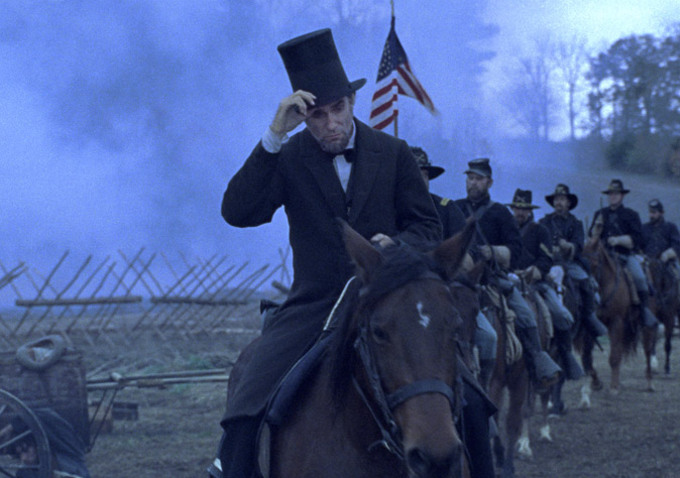Lincoln
The halves that do not complete
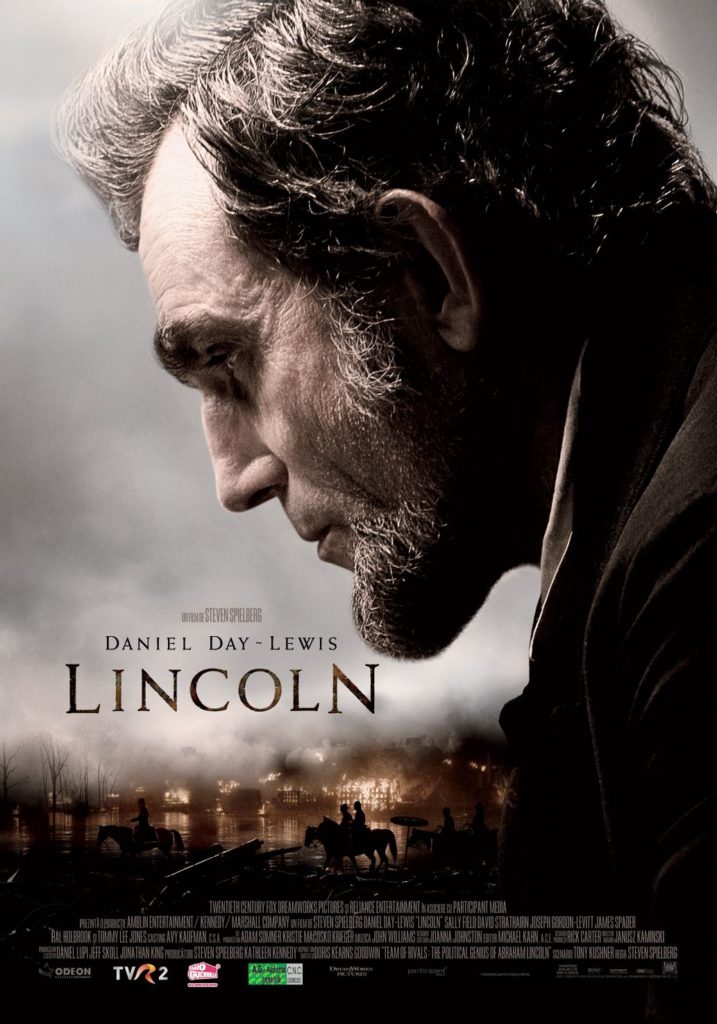
When it was announced that a film about Abraham Lincoln would be released, many people imagined that it would be a mere biographical account. Only that would already be magnificent, given the impressive life story of this man, who commanded the country during the bloodiest episode in American history, the War of Secession.
Based on the book “Team of Rivals: The Genius of Abraham Lincoln” by Doris Kearns Goodwin, the movie “Lincoln” (USA, 2012), directed by Steven Spielberg, focuses on the final months of Abraham Lincoln’s life. The War of Secession already showed signs of being close to the end, and the president considered to be the crucial moment for the presentation and approval of the 13th Amendment, prohibiting slavery in the U.S. territory.
While the war diluted resources from the South and North, different political factions, both Republican and Democratic, defended their own interests, making it difficult to get the votes needed to pass the constitutional amendment.
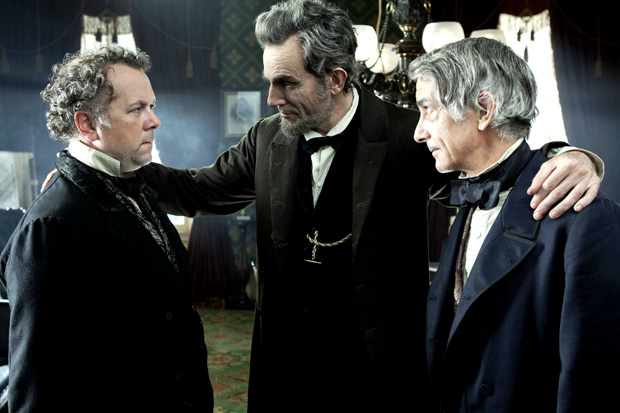
Lincoln (Daniel Day-Lewis) had to deal with all these factions. There were those who craved a quick end to the war, while others demanded an end to slavery above any other goal. Among the Democrats, who voted against anything that came from the Republicans, was that there was hope of getting the missing votes.
To get those votes, the collaborators of who was considered America’s most honest president used corruption, promising positions to Democratic congressmen who had not been re-elected.
While managing these two wars, of cannons and of votes, Lincoln still had problems at home, as his wife, Mary Todd (Sally Field) was still suffering from the loss of one of her children in an accident. To add to the torment, the eldest son, Robert (Joseph Gordon-Levitt), insisted on dropping out of school to participate in the war, something his parents want to avoid at any cost.
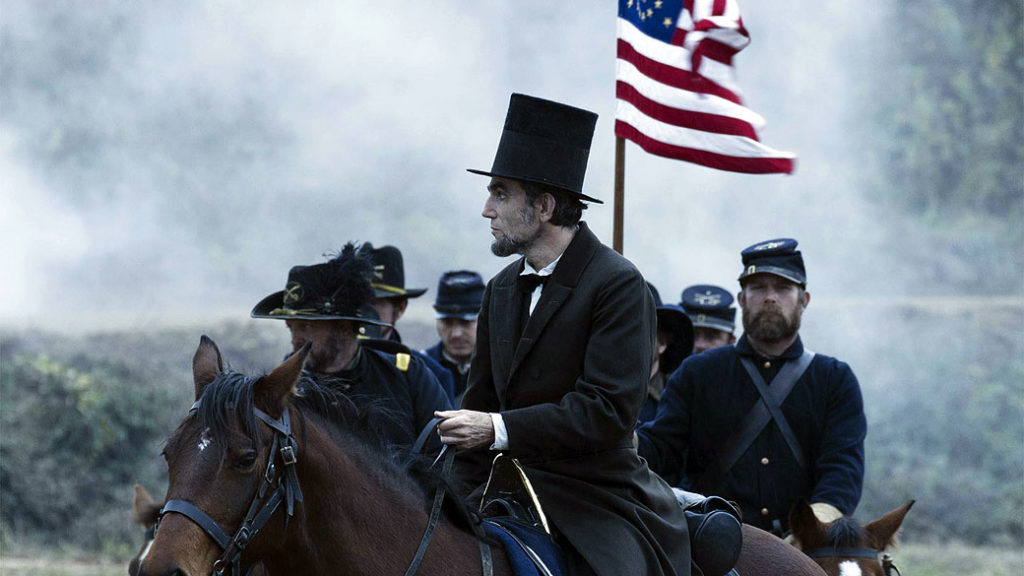
Although it is something very strong in American culture, the North-South division is something deeply rooted up to this day, but it is not well known outside the borders of that country. Many people do not even associate that war with the abolition of slavery.
The differences between North and South have their origins still in colonial times, when the territory was dominated by England, France and Spain. In the South, the first occupants of the region found a warm climate and a fertile soil, ideal for tobacco cultivation, and later, cotton and sugarcane, with the use of a large amount of human labor, mainly of enslaved people.
Meanwhile, the cold climate and rocky soil of the Northern States proved to be insuitable for the practice of agriculture. This forced settlers in that region to look for other sources of income such as trade and manufacturing, thereby favoring the creation of large commercial and industrial cities such as Boston, Philadelphia and New York.
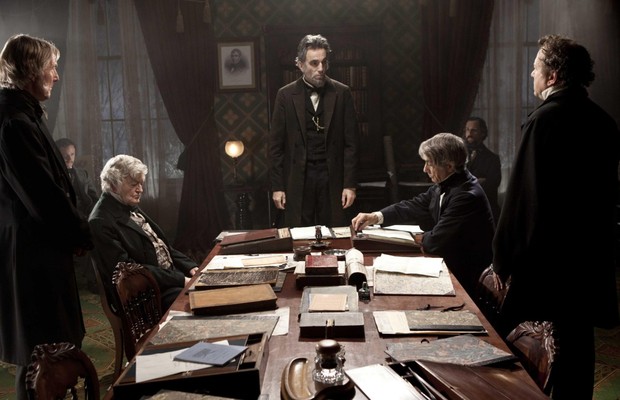
Over the first decades of the 19th century, mass European immigration and intense industrialization have caused the North’s might to grow economically and politically expand its participation in the government. Great political and social tensions developed between North and South. In 1860, Abraham Lincoln, a Republican who based his campaign on the fight against slavery, won the U.S. presidential election.
On March 4, even before Lincoln took office as president, 11 pro-slavery states declared secession from the Union, and created a new country, the Confederate States of America. The war began when Confederate forces attacked Fort Sumter, an American military outpost in South Carolina, on 12 October 1861, and ended only on March 28, 1865, with the surrender of the last remaining Confederate troops.
The exact number of soldiers who fought in the American Civil War is unknown. The Union army had just over 13,000 men in activity when the war began on April 12, 1861, reaching about 1.12 million soldiers at the end of the war. The Confederate army reached its maximum in 1863, when the number of soldiers reached almost 500,000, but gradually decreased, and in the end had less than 200,000 men.
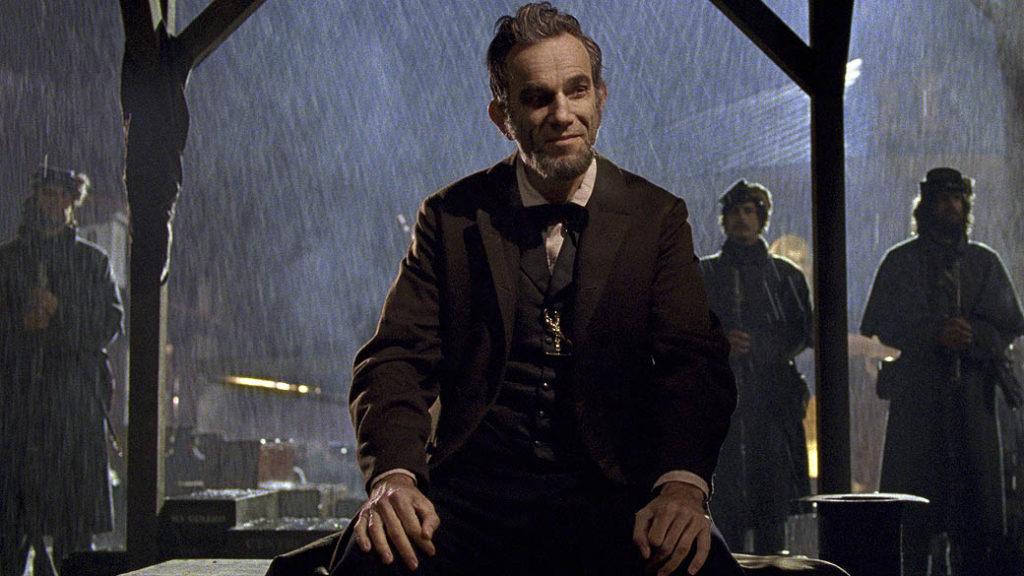
Officially, a total of 558,052 soldiers died during the American Civil War. Considering the missing soldiers, the total rises to approximately 620,000. The number of wounded reached 275,000 in the Union and 137,000 in the Confederation. These figures make the American Civil War the bloodiest in the history of the United States. Three-fifths of all deaths were caused by illness, one fifth from injuries, while only a fifth died directly in combat.
What the film “Lincoln” insists on showing was the president’s obsession with maintaining the country unified, treating southern states as U.S. states dominated by rebel forces. He ordered Grant, his commander-in-chief, to accept surrender without revanchism, arrests or executions. In his view, too many Americans had already died.
The most curious – or tragic – thing is to see that even after so many years, little has changed in the American nation, which remains extremely divided and still subject to political interests that are not always very honest.
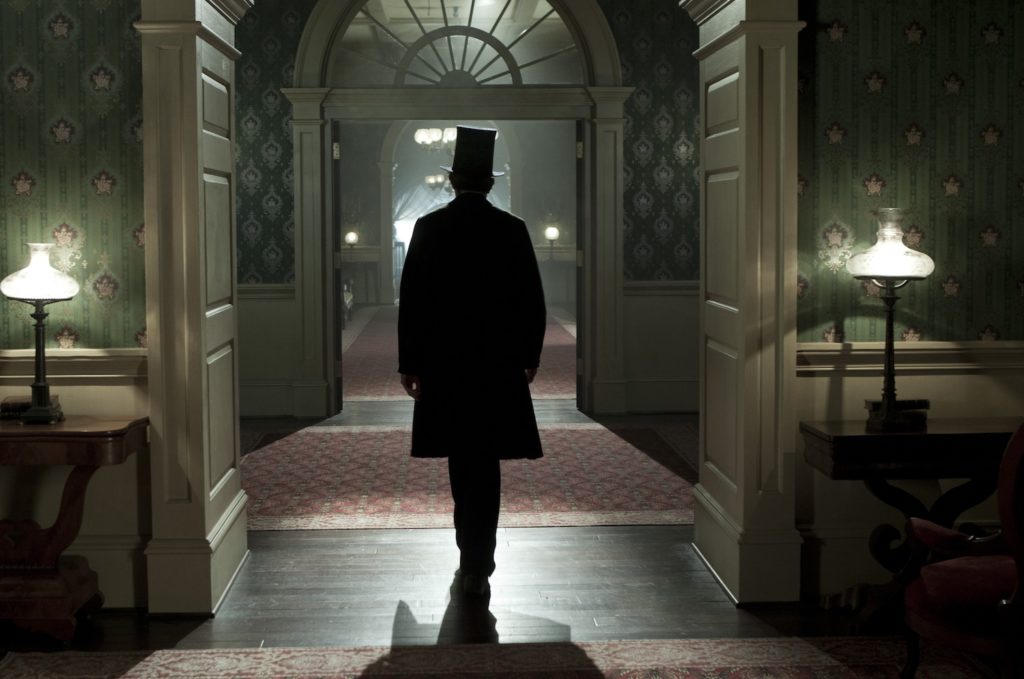
Spielberg fans, used to his adventure films, will certainly be surprised by the intimate atmosphere of “Lincoln,” where most of the two-and-a-half hours of film life are devoted to political fibula. The battle scene in the first few minutes of the film impresses with realism, although it is far from the landing of “Saving Private Ryan” (USA, 1998).
The great cast, well directed by Spielberg, is the one who sustains this tense drama. Sally Field, who began her artistic life with the Flying Novice in the late 1960s, brings all the bitter energy of Mary Todd, being one of the highlights of the film. In the supporting roles, David Strathain, Tommy Lee Jones, Hal Holbrook, and even an unrecognizable James Spader complete the impeccable cast.

But the real highlight is Daniel Day-Lewis, the soul of the film, who created that Lincoln who lives in everyone’s imagination, the simple, determined, understanding and patient man who helped change the face of a nation. It was no surprise he wins both the Academy Award and the Golden Globe Award for Best Actor, as well as other awards. The movie “Lincoln” also won the Academy Award for Art Direction in addition to being nominated for ten more categories, including Best Picture and Best Director.
This movie can be watched on Globoplay and Telecine streaming platforms.

